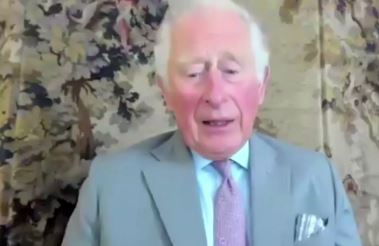Buckingham Palace has moved to quash online rumors claiming King Charles III had died, issuing an on-the-record assurance that the monarch was alive and working after false reports—sparked largely by Russian outlets and social media accounts—circulated widely. “We are happy to confirm that The King is continuing with official and private business,” the Palace said in remarks provided to Russia’s state news agency TASS as the claims peaked on March 18, 2024, a line that was subsequently relayed by multiple U.K. and U.S. media organizations.
The explicit denial followed a wave of posts on Telegram and other platforms that purported to share a Buckingham Palace death announcement, complete with mocked-up royal letterhead and phrasing modeled on the statement issued when Queen Elizabeth II died in 2022. One widely viewed image declared, “The following announcement is made by royal communications. The King passed away unexpectedly yesterday afternoon.” Major Russian channels including Readovka amplified the claim before several outlets began to row back; Tass later reported that the King was continuing to carry out duties. British embassies in Moscow and Kyiv intervened directly online—“Reports about the death of King Charles are FAKE!” the embassy in Russia posted—while the U.K. mission in Ukraine wrote in English and Ukrainian: “News about King Charles III death is fake.”
The following day the Palace underlined its message with visibility rather than additional words. The 75-year-old sovereign was photographed leaving Windsor Castle and arriving at Clarence House ahead of an engagement with Korean War veterans, putting to rest the specific rumors that had swirled 24 hours earlier. Those back-to-back appearances—routine in content but pointed in timing—mirrored the House’s long-standing preference to rebut speculation by showing, not telling, when a member of the royal family is the subject of online hoaxes.
Behind the scenes, officials and fact-checkers traced the hoax’s spread through a familiar disinformation pipeline: an eye-catching graphic on Telegram, amplification by high-reach channels, and rapid repackaging by aggregators outside Russia. In the U.K., editors moved quickly to stress the lack of any formal announcement; the Guardian chronicled how the false claims metastasized in Russian and regional media before correction notes appeared. Euronews and Newsweek published explainers detailing the forged “Palace” notice and the diplomatic pushback, while ITV highlighted the unusual spectacle of embassies having to confirm that a living monarch was, in fact, alive.
